Licensed Practical Nurses (LPNs), also known as Licensed Vocational Nurses (LVNs) in some states, are essential members of the healthcare team who provide hands-on patient care under the supervision of registered nurses and physicians. They play an important role in monitoring patients’ health, administering basic medical treatments, and offering support and comfort to patients and families. LPNs work in a variety of settings, including nursing homes, hospitals, clinics, and home health environments.
The training required to become an LPN is shorter than that of a registered nurse, making it an accessible entry point into the nursing profession. In an era of growing healthcare needs, LPNs fill a critical gap by delivering hands-on care and ensuring that patients’ basic medical needs are met. This guide will explain what LPNs do, how to become one, and why this nursing role is an important and rewarding career path in the U.S. healthcare system.
What is a Licensed Practical Nurse?
A Licensed Practical Nurse (LPN)—called a Licensed Vocational Nurse (LVN) in some states—is a healthcare professional who provides basic nursing care under the supervision of registered nurses (RNs) and physicians. LPNs are trained to assist with tasks such as monitoring vital signs, administering medications, wound care, and helping patients with daily activities like bathing, dressing, and eating. They often serve as the frontline caregivers in settings like nursing homes, long-term care facilities, hospitals, and home healthcare.
LPNs and LVNs perform virtually identical roles; the only difference is the title, which depends on the state (California and Texas use “Licensed Vocational Nurse” or LVN, while other states use LPN). They bridge the gap between patients and more advanced medical providers by offering hands-on, compassionate care. Their scope of practice varies by state, but they are consistently recognized for their critical role in patient-centered care.
As the National Federation of Licensed Practical Nurses (NFLPN) states: “LPNs and LVNs are indispensable members of the healthcare team, bringing dedication, technical skill, and compassion to every setting where care is delivered.” Their contribution is especially valued in long-term care, where continuity and bedside presence make a meaningful difference in patient outcomes.
What Do Licensed Practical Nurses Do?
LPNs have a hands-on job, handling many of the day-to-day care tasks that keep patients safe and comfortable. Their exact duties can vary slightly by workplace or state (some states expand LPN duties if extra training is completed), but generally an LPN’s daily responsibilities include:
| LPN/LVN Role or Responsibility | Definition & Description |
|---|---|
| Monitoring Patient Health | LPNs regularly check patients’ vital signs—such as blood pressure, temperature, pulse, and respiration. They track changes in a patient’s condition and report any concerns to RNs or doctors, playing a key role in early detection of complications. |
| Administering Medications | They may give prescribed medications (depending on state regulations), including oral, topical, and sometimes injectable drugs. LPNs must understand dosages, timing, and possible side effects to ensure patient safety. |
| Assisting with Activities of Daily Living (ADLs) | LPNs help patients with basic tasks like bathing, dressing, eating, toileting, and mobility. These services are especially important in long-term care or rehabilitation settings. |
| Wound Care and Dressing Changes | LPNs clean and dress wounds, monitor for signs of infection, and follow sterile techniques. This hands-on care helps promote healing and reduces the risk of complications. |
| Collecting Samples for Testing | They may obtain blood, urine, sputum, or stool samples for diagnostic testing. Proper handling and labeling are critical to ensure accurate lab results. |
| Documentation and Record Keeping | LPNs update patient records with observations, treatments provided, medications administered, and progress notes. Accurate documentation supports coordinated, effective care. |
| Patient and Family Education | LPNs often explain care routines, medications, or post-discharge instructions to patients and their families. While not responsible for full teaching plans (like RNs), their guidance is essential to patient understanding and compliance. |
| Supporting Registered Nurses and Physicians | LPNs assist in clinical tasks such as setting up medical equipment, preparing patients for procedures, and ensuring rooms are clean and stocked. They work closely with the healthcare team to provide smooth, efficient care. |
| Infection Control | LPNs follow standard precautions and infection control protocols to prevent the spread of illness. This includes hand hygiene, using personal protective equipment (PPE), and sterilizing equipment. |
| Emotional Support and Compassionate Care | Beyond physical care, LPNs provide emotional reassurance to patients and families. Their consistent presence and kindness help ease anxiety, particularly in stressful healthcare settings. |
It’s important to note that LPN scope of practice is regulated by each state’s Board of Nursing. This means certain higher-level tasks (like giving IV medications, for example) might be outside an LPN’s duties in one state but allowed in another with additional certification. LPNs focus on essential nursing care—the kind that ensures patients’ basic health needs are met day-to-day. By handling these responsibilities, LPNs free up RNs and physicians to perform more complex procedures, making LPNs an indispensable part of the nursing team.
Where Do Licensed Practical Nurses Work?
Licensed Practical Nurses (LPNs) or Licensed Vocational Nurses (LVNs) are employed in a wide range of healthcare settings, providing critical support wherever patient care is needed. Their work environments can vary from long-term care to fast-paced clinical facilities. Below is a breakdown of the most common LPN work settings, with definitions and descriptions of each:
Nursing Homes / Long-Term Care Facilities
Nursing Homes and long-term care facilities are residential facilities that offer 24/7 care for individuals who are elderly or have chronic illnesses or disabilities. This is one of the most common work settings for LPNs. They assist residents with daily living activities (e.g., bathing, dressing, eating), administer medications, take vital signs, and monitor for any changes in health status. LPNs in these settings often develop long-term relationships with residents and provide ongoing support over months or years. About 35% of LPNs work in nursing homes, rehabilitation centers, or assisted living facilities.
Assisted Living Facilities
Assisted living facilities are housing options for seniors who need some help with daily activities but do not require full-time medical care. LPNs help residents maintain as much independence as possible while ensuring their safety. Responsibilities include medication management, basic health assessments, and communicating with physicians or family members if health concerns arise.
Hospitals (Inpatient Units)
These hospitals are large healthcare institutions that provide acute and emergency care to patients with a wide range of medical needs. In hospital settings, LPNs typically work in medical-surgical units, rehab units, or long-term acute care areas. They perform tasks such as wound care, administering injections, monitoring IV fluids, and assisting with patient hygiene. While some hospitals employ more RNs than LPNs, many still utilize LPNs for hands-on patient care.
Physician Offices and Outpatient Clinics
Physician offices and outpatient clinics are non-hospital settings where patients receive preventative care, diagnosis, and treatment for illnesses or injuries. LPNs in outpatient environments collect patient histories, check vital signs, prepare patients for exams, give vaccinations, and assist with minor procedures. They may also manage patient records and help with scheduling or follow-up instructions.
Home Health Care
Home health care is a medical care delivered at a patient’s home, usually for individuals who are recovering from illness or surgery or managing chronic conditions. LPNs provide one-on-one care in patients’ homes, which can include wound care, monitoring health conditions, educating patients and caregivers, and administering medications. Home health often allows for greater autonomy and a more flexible schedule.
| Work Setting | Description |
|---|---|
| Nursing Homes | Provide 24/7 care to elderly or chronically ill patients; LPNs assist with daily care, meds, and monitoring. |
| Assisted Living | Support mostly independent seniors with meds and basic care to maintain safety and independence. |
| Hospitals | Work in inpatient units performing wound care, medication administration, and pre/post-surgical support. |
| Clinics & Doctor’s Offices | Assist with exams, take vitals, administer injections, and support routine outpatient care. |
| Home Health | Deliver one-on-one care at patients’ homes; duties include wound care, meds, and patient education. |
| Rehab Centers | Help patients recover from surgery or illness through ongoing care and progress monitoring. |
| Hospice Care | Provide end-of-life support focused on comfort, pain relief, and emotional care. |
| Correctional Facilities | Care for incarcerated individuals; manage chronic issues, minor injuries, and medications within secure environments. |
| Schools | Assist with student health needs—administer meds, first aid, and monitor chronic conditions. |
| Government & Military | Work in VA hospitals, military clinics, or public health programs; provide clinical care and education. |
Rehabilitation Centers
Another facility where LPNs work are rehabilitation centers which are facilities that help patients recover from physical injuries, surgeries, or serious illnesses. LPNs support rehabilitation by helping patients with mobility, exercises, medication schedules, and monitoring progress. These centers focus on improving the patient’s function and independence.
Hospice and Palliative Care
Hospice and palliative care are healthcare services focused on comfort care and quality of life for patients with terminal illnesses. LPNs provide pain management, emotional support, and basic care needs for patients nearing the end of life. They also assist families and ensure that patients remain as comfortable as possible during this stage.
Correctional Facilities
Correctional facilities are prisons or jails where healthcare services are provided to incarcerated individuals. LPNs in correctional settings handle routine medical care, such as distributing medications, treating minor illnesses or injuries, and managing chronic conditions. Security and confidentiality are especially important in this environment.
Schools (K-12 or Colleges)
Schools (K-12 or Colleges) are educational institutions where health services are provided to students. LPNs in schools may care for sick or injured students, manage medication administration, assist with immunization compliance, and support students with chronic conditions (like asthma or diabetes).
Military Bases and Government Facilities
Military bases and government facilities are healthcare centers operated by federal, state, or local governments, including facilities for veterans or active-duty personnel. LPNs in government roles may work in VA hospitals, military clinics, or public health departments. These positions often offer competitive benefits and involve clinical care, screenings, and health education.
LPNs have diverse career options and can choose settings that align with their personal interests—whether it’s fast-paced hospital work, the nurturing environment of long-term care, or the independence of home health. Each setting allows LPNs to make a meaningful impact on patients’ lives.
How to Become a Licensed Practical Nurse (LPN)
Becoming a Licensed Practical Nurse (LPN) is an efficient and rewarding path into the healthcare field, typically requiring about 12 to 18 months of formal training. Below is a detailed, step-by-step guide on how to become an LPN:
1. Meet Prerequisites
Earn a high school diploma or GED. An LPN training program will require proof of high school completion or equivalent. Some programs also require applicants to pass an entrance exam (such as the TEAS – Test of Essential Academic Skills) or have completed certain prerequisite courses (like basic biology or math). Check the admission requirements of the LPN programs you’re interested in.
2. Complete an Accredited LPN Program
Enroll in a state-approved practical nursing program. These programs are offered at community colleges, technical/vocational schools, and some hospitals. A full-time LPN program typically takes about 12 months to complete, while part-time or evening programs may last 18–24 months.
The curriculum will include coursework in subjects like anatomy and physiology, nursing fundamentals, pharmacology, and pediatrics, along with clinical rotations for hands-on experience. During clinicals, student nurses practice skills under supervision in real healthcare settings – for example, rotating through hospital units or long-term care facilities to gain direct patient care experience.
Ensure the program is accredited or state-approved; this is required for licensure. Accreditation by bodies like the Accreditation Commission for Education in Nursing (ACEN) is a good sign of program quality
3. Graduate and Earn Your Nursing Credential
Successfully complete the LPN program and graduate. Depending on the school, you will receive a certificate, diploma, or sometimes an Associate’s Degree in Practical Nursing. You’ll then be eligible to take the national licensing exam. Most programs assist students in registering for the exam as graduation nears.
4. Pass the NCLEX-PN Licensing Exam
All U.S. LPNs/LVNs must pass the National Council Licensure Examination for Practical Nurses (NCLEX-PN). This is a computerized exam administered by the National Council of State Boards of Nursing (NCSBN) that tests your nursing knowledge and decision-making. The NCLEX-PN covers areas like safe nursing care, health promotion, psychosocial integrity, and physiological integrity. Preparation is key – many schools offer NCLEX review classes or practice exams.
As of 2022, about 80% of first-time test takers passed the NCLEX-PN, so studying thoroughly is important. Once you pass, the results are sent to your state board of nursing. If you don’t pass on the first try, don’t be discouraged – you can retake the exam after a waiting period as determined by your state.
5. Apply for State Licensure
With a passing NCLEX-PN score, you can apply for your LPN license through your state’s Board of Nursing. This typically involves submitting an application, your nursing school transcripts, proof of NCLEX-PN passage, and a fee to the state board. Most states also require a criminal background check (fingerprinting) at this stage, and some may require a health exam or immunization records. Once the Board of Nursing verifies you’ve met all requirements, you will be issued a license to practice as an LPN/LVN in that state. Congratulations – you are now officially an LPN!
6. Consider Specializations or Certifications
After earning your LPN license, pursuing specialized certifications can help expand your skills, increase job opportunities, and boost your earning potential. These credentials demonstrate expertise in a focused area and may qualify you for more advanced roles or higher-paying positions. Certifications are typically offered through professional organizations such as the National Association for Practical Nurse Education and Service (NAPNES) or the National Federation of Licensed Practical Nurses (NFLPN). Earning a certification usually involves completing a short training course and passing an exam.
While LPNs are not required to obtain specialty certifications beyond the NCLEX-PN, doing so can expand your skills and job opportunities. There are a few voluntary certifications and courses designed for LPN/LVN skill advancement. For instance:
| Certification | What It Covers / Why It Helps |
|---|---|
| IV Therapy | Specialized course authorizing LPNs to start and manage IV lines, administer fluids, and give certain IV medications—highly valued in hospitals and home-health settings. |
| Long-Term Care / Gerontology | Training in geriatric and long-term care principles; showcases advanced skill in caring for elderly residents, the largest LPN patient group. |
| Wound Care | Instruction in assessment, cleansing, dressing, and ongoing management of complex wounds; boosts expertise for roles in rehab, home health, and long-term care. |
| Pharmacology (NAPNES) | Deepens drug-knowledge, dosage calculation, and safe-administration skills; strengthens résumé and credibility in medication management. |
7. Begin Working as an LPN
After obtaining your license, you’re ready to seek employment as a practical nurse. Many new LPNs start working in long-term care or rehab facilities to gain experience. It’s worth noting that some states participate in the Nurse Licensure Compact (NLC), which allows an LPN with a license in one compact member state to practice in other compact states without getting a separate license. This multistate license can be very useful if you plan to move or work on travel assignments across state lines. Always check your state board’s guidance on license portability.
LPNs are in demand in a wide range of healthcare settings, including hospitals, long-term care facilities, rehabilitation centers, outpatient clinics, physicians’ offices, and home health agencies. When starting out, many employers offer orientation programs or on-the-job training to help new nurses transition smoothly into practice. You may also have opportunities for mentorship from experienced nurses or supervisors, which can be invaluable as you build confidence and competence in real-world patient care. Additionally, some employers provide incentives like tuition reimbursement or flexible schedules to support continued education or advancement into RN roles, making this a solid starting point for a long-term nursing career.
8. Continuing Education (CE) and License Renewal
After becoming licensed, Licensed Practical Nurses (LPNs) must maintain their credentials through regular license renewal—usually every two years, although some states follow a one-year or three-year renewal cycle. A key component of the renewal process in most states is the completion of Continuing Education Units (CEUs) or contact hours. These are educational activities designed to keep LPNs up to date with evolving healthcare standards and practices.
The number and type of CE hours required vary by state. For example, one state may mandate 20 hours of continuing education every two years, including training on safe medication administration, while another may require 12 hours covering specific topics like domestic violence, HIV/AIDS, or professional ethics. A small number of states currently do not require CEUs for LPN renewal, but many employers still expect ongoing education for quality assurance and staff development.
LPNs can earn CEUs through various methods, including in-person workshops, online courses, nursing conferences, employer-provided in-service training, or courses offered by professional nursing organizations. Keeping up with CE requirements not only ensures compliance with licensing laws but also helps LPNs stay sharp, grow their skills, and provide the best possible care to patients.
Tip: Always refer to your state’s Board of Nursing website for the most current CE and renewal requirements, as regulations can differ significantly across jurisdictions.
9. Plan for Career Advancement
After gaining experience as a Licensed Practical Nurse, many professionals look to expand their scope of practice and increase their earning potential by pursuing further education. One of the most common pathways is enrolling in an LPN-to-RN or LPN-to-BSN (Bachelor of Science in Nursing) bridge program. These programs are designed specifically for working LPNs and often offer flexible formats such as evening, weekend, or online classes. By becoming a Registered Nurse (RN), you can take on more complex patient care responsibilities, access a broader range of job opportunities, and qualify for leadership, education, or specialized clinical roles. Some bridge programs even offer credit for your LPN experience, allowing you to complete your RN or BSN degree faster. Advancing your education also opens doors to graduate-level nursing roles in the future, such as Nurse Practitioner (NP), Nurse Educator, or Nurse Administrator.
If you’re an LPN thinking about taking the next step in your nursing career, advancing to a Registered Nurse (RN) role could be the perfect move. RNs enjoy greater responsibility, expanded clinical opportunities, and higher earning potential. Ready to learn how? Check out our comprehensive Registered Nurse Career Guide: How to Become a Registered Nurse (RN), where we break down the steps, educational pathways, licensing requirements, and tips for success on your RN journey. It’s your next step toward a more advanced and rewarding nursing career.
How Long Does it Take to Become a Licensed Practical Nurse (LPN/LVN)?
The timeline to become a Licensed Practical Nurse (LPN) or Licensed Vocational Nurse (LVN) is one of the shortest among nursing careers, making it an appealing option for those eager to enter the healthcare field quickly. On average, it takes about 12 to 18 months to complete a state-approved practical nursing program if attending full-time. Part-time or evening programs may take up to 24 months, offering flexibility for working students or parents.
Here’s a general breakdown of the process:
- Prerequisites (0–3 months): Before enrolling, students may need to complete prerequisites such as high school biology or CPR certification.
- LPN Program (12–24 months): Includes classroom instruction and clinical rotations in areas like adult health, pediatrics, and pharmacology.
- Licensing Process (1–3 months): After graduation, you’ll need to apply for your Authorization to Test (ATT), take and pass the NCLEX-PN, and complete any additional state requirements (such as background checks).
Altogether, the full process from start to licensure can range from 13 to 27 months, depending on the program length, whether you’re studying full- or part-time, and how quickly you move through licensing steps.
| Step | Estimated Time | Description |
|---|---|---|
| Meet Prerequisites | 0–3 months | Complete high school diploma or GED; may include CPR certification or prerequisite courses (e.g., biology, math). |
| Complete LPN Program | 12–24 months | Enroll in a state-approved nursing program at a community college, vocational school, or hospital. Includes classroom learning and clinical practice. |
| Apply & Sit for NCLEX-PN | 1–3 months | Apply for Authorization to Test (ATT), pass the NCLEX-PN, and fulfill state licensing requirements such as background checks. |
| Total Time to Become an LPN/LVN | 13–27 months (approx.) | Total duration depends on full-time vs. part-time study and how quickly you complete the licensing process. |
This relatively short path makes the LPN/LVN role a fast and cost-effective entry point into the nursing profession.
How Much Does it Cost to Become a Licensed Practical Nurse (LPN/LVN)?
The total cost to become a Licensed Practical Nurse (LPN) can vary widely depending on the school you attend, your location, and whether you qualify for financial aid. On average, becoming an LPN in the U.S. costs between $10,000 and $25,000 in total educational expenses.
1. Tuition and Fees
- Community Colleges or Technical Schools. Most state-approved LPN programs are offered through public community colleges or vocational-technical schools, with tuition ranging from $5,000 to $15,000 for the entire program.
- Private Schools or Career Institutes. These programs may cost more, typically $15,000 to $25,000+, but may offer accelerated tracks.
- Costs may include textbooks, uniforms, lab supplies, simulation fees, and liability insurance.
2. Licensing and Exam Fees
After graduation, additional expenses include:
- NCLEX-PN exam fee. $200 (paid to Pearson VUE)
- Application for licensure. $75–$200 (varies by state)
- Criminal background check & fingerprinting. $50–$100
- Authorization to Test (ATT). Usually included in state licensure fees
3. Optional Costs
- NCLEX-PN prep courses or study materials. $50–$300+
- Transportation and housing (if needed during clinicals or school). Variable
- Certification add-ons (e.g., IV therapy, wound care). $100–$500 per course
4. Financial Aid & Scholarships
Many prospective LPNs qualify for financial aid, such as:
- Federal Pell Grants
- State workforce grants
- Scholarships from hospitals or nursing associations
- Employer tuition reimbursement programs
Here’s a simplified version of the cost for becoming a Licensed Practical Nurse (LPN/LVN):
| Expense Category | Details | Estimated Cost |
|---|---|---|
| Tuition & Fees | Includes classes, textbooks, uniforms, labs | $5,000 – $25,000 |
| NCLEX-PN Exam | Required national licensing test | $200 |
| State Licensure | Application + background check | $100 – $300 |
| Optional Prep Courses | NCLEX review or extra certifications (e.g. IV) | $50 – $500 |
| Financial Aid | Grants, scholarships, or employer help | Varies – can reduce costs |
Bottomline, most students spend $12,000 to $18,000 total to become an LPN, including education, testing, and licensing. Costs are lower at public institutions and can be significantly offset through grants, aid, and scholarships. Despite the investment, becoming an LPN is considered one of the most affordable and fast-track paths into nursing.
How Much Do Licensed Practical Nurses (LPNs/LVNs) Earn?
Licensed Practical Nurses (LPNs) earn competitive salaries, especially considering the relatively short training period required for this career. In our report on Nurse Salary, the median annual wage for LPNs/LVNs was $59,730, which equates to approximately $28.72 per hour.
Salaries can vary based on factors such as experience, location, and the type of healthcare facility. For instance, entry-level LPNs (in the bottom 10% of earners) earned around $45,670 annually, while highly experienced LPNs or those in high-paying specialties or locations (top 10% of earners) made over $77,870 per year. To provide a clearer picture, here’s a quick look of how LPN salaries vary by state:
| State | Average Annual Salary |
|---|---|
| California | $76,580 |
| Rhode Island | $75,470 |
| Washington | $75,410 |
| Alaska | $74,260 |
| Massachusetts | $73,400 |
These figures highlight the potential for LPNs to earn higher wages in certain states, reflecting the demand and cost of living in those areas.
It’s important to note that salaries can also be influenced by the specific healthcare setting. For example, LPNs working in nursing care facilities had an average annual wage of $63,730, while those in general medical and surgical hospitals earned around $55,380.
In summary, while the national median salary for LPNs is approximately $59,730, individual earnings can vary significantly based on location, experience, and work setting.
Job Outlook and Demand for LPNs
The employment outlook for Licensed Practical Nurses (LPNs) in the United States remains steady and positive, making it a reliable and accessible healthcare career path. According to the U.S. Bureau of Labor Statistics (BLS), employment of LPNs and Licensed Vocational Nurses (LVNs) is projected to grow by 3% from 2023 to 2033, which is on par with the average growth rate for all occupations. While this may not seem rapid, it translates into approximately 54,000 job openings per year, accounting for both new positions and vacancies due to retirements, promotions, or LPNs transitioning to other roles, such as becoming Registered Nurses (RNs).
Why Is Demand for LPNs Strong?
Several factors contribute to the sustained demand for LPNs:
- Aging Population: As the U.S. population ages, especially the Baby Boomer generation, there is a growing need for long-term care, rehabilitation, and chronic disease management—areas where LPNs are heavily involved.
- Chronic Illness Prevalence: Conditions such as diabetes, heart disease, and obesity are increasingly common, and LPNs play a key role in ongoing care and patient education, particularly in outpatient and home health settings.
- Healthcare Workforce Shortages: Many regions—particularly rural and underserved communities—struggle to maintain a sufficient healthcare workforce. LPNs help fill critical staffing gaps in nursing homes, assisted living facilities, and clinics.
- Cost-Effective Staffing: Healthcare organizations often rely on LPNs to provide high-quality care in a cost-effective way. LPNs can perform many essential duties under RN or physician supervision, helping healthcare systems remain efficient.
- Home Health and Outpatient Care Growth: The shift from inpatient hospital care to outpatient and home-based services continues to expand. LPNs are well-positioned to serve in these environments due to their clinical skills and ability to deliver personalized care.
It’s also worth noting that while the overall growth rate is moderate, the demand can vary by region. Some states may see higher growth in LPN jobs due to local healthcare needs or policy changes (for instance, some states are encouraging the expansion of long-term care facilities). According to NursingCECentral, the BLS expects especially continued demand in home health and long-term care settings for LPNs as the population ages.
Nursing in general is known for its stability, and the LPN role is no exception—healthcare is something people need in every economy. LPNs enjoy a fairly high degree of job security, especially if they are open to working in elder care or rehabilitation, where the need is consistently strong. Even when hospitals might limit LPN hiring in favor of RNs for acute care, other employers like nursing homes, assisted living centers, and clinics are actively hiring LPNs. In fact, during the COVID-19 pandemic and beyond, LPNs have been crucial in vaccination clinics, long-term care (which was heavily impacted by COVID), and in filling nursing shortages across the country.
To sum up, as an aspiring LPN, you can feel confident that this career offers a solid salary and steady employment prospects. You will have the flexibility to work in different healthcare environments and the opportunity for overtime or shift differentials to increase your earnings. And with the ongoing needs of an aging society, LPNs will remain a key part of the healthcare workforce for years to come.
Advantages and Challenges of Being an LPN
Choosing a career as a Licensed Practical Nurse (LPN) comes with both meaningful rewards and notable challenges. For many, the role offers a fast track into nursing and the chance to make a direct impact on patients’ lives. However, it also requires physical stamina, emotional resilience, and may involve working irregular hours. Understanding both the advantages and potential drawbacks can help you make an informed decision about whether this path aligns with your personal goals and lifestyle. Below is a summary of the key pros and cons of being an LPN. Below are some key pros and cons of the LPN career:
Faster Entry into Nursing
Becoming an LPN is one of the quickest ways to start a nursing career. The training is typically ~1 year, far shorter than the time needed to become a Registered Nurse (which can be 2-4 years) or other healthcare professionals. This means you can start working and earning sooner. It’s an appealing option if you want to enter the workforce quickly or if you’re looking at nursing as a second career and don’t want to spend many years in school.
Affordable Education and Lots of Programs
LPN programs generally cost much less than Bachelor’s nursing programs. Community college LPN programs, for example, are relatively affordable (often in the low tens of thousands of dollars), and there are many programs across the country—meaning you might not have to relocate to attend school. Financial aid and scholarships are also often available.
High Demand and Job Stability
There is consistent demand for LPNs, especially in long-term care, home health, and rural healthcare settings. Nursing homes and assisted living facilities often have numerous openings for LPNs. This demand translates to strong job security—LPNs can usually find a job fairly quickly after licensure. Furthermore, as the population ages and chronic illnesses remain prevalent, LPNs will continue to be needed to care for these patients. Healthcare tends to be recession-proof to a degree; people need care regardless of economic conditions.
Rewarding Patient Care Experience
LPNs often get to spend a lot of time with their patients, providing hands-on care and comfort. Many LPNs find it deeply fulfilling to help people with daily activities, to be a reassuring presence, and to see patients improve. You often get to form meaningful relationships—for example, in a long-term care facility, you might care for the same residents for months or years, becoming an important part of their lives. For those who love working directly with people and making a difference on a personal level, this is a big plus.
Variety of Work Settings & Flexibility
As described earlier, LPNs can work in hospitals, clinics, home care, schools, correctional facilities, etc. This variety means you have options to find a work environment that suits you best. You also have some flexibility in scheduling—many LPNs work 12-hour shifts in hospitals or 8-hour shifts in clinics; you can find day shifts, night shifts, or PRN (on-call) positions. Overtime is often available if you want to earn extra income. Additionally, the LPN credential can be a stepping stone to advanced nursing roles: an LPN can bridge to an RN or BSN degree later, often receiving credit for LPN education and experience in those programs. This career ladder means you can start as an LPN and grow professionally if you choose (many RNs and even nurse practitioners began their careers as LPNs).
Lower Salary Ceiling than RNs
While LPN pay is solid, it is lower than that of Registered Nurses (RNs) and other advanced nurses. For example, the median annual RN salary in 2023 was about $86k, significantly higher than the LPN median of $59–62k. LPNs are typically at the lower end of the nursing pay scale due to the lower level of education and responsibility. If high earning potential is a major goal, you might eventually feel limited as an LPN unless you advance your qualifications.
Limited Scope of Practice
LPNs must work under supervision and have a restricted scope of what they can do medically, as defined by state laws. They cannot perform certain assessments, administer IV medications in some states (without extra certification), or take on independent critical decision-making that RNs do. This can sometimes be frustrating for highly ambitious nurses; you might encounter situations where you have to defer to an RN or doctor for tasks you’re not legally allowed to do. Additionally, some healthcare employers (particularly acute-care hospitals or specialized units) prefer to hire RNs, which can limit the settings in which LPNs can work.
Physically Demanding Work
Nursing is active work, and LPNs often have a lot of physical tasks—lifting or turning patients, being on your feet for most of an 8- or 12-hour shift, moving equipment, etc. This can be strenuous and sometimes leads to back injuries or other musculoskeletal strain. In fact, nursing (including LPNs) has one of the highest rates of work-related injuries and illnesses among occupations. LPNs also risk exposure to infectious diseases and must handle blood, needles, and other hazards, so strict adherence to safety protocols is required.
Emotional Stress and Burnout
Taking care of sick, injured, or elderly patients can be emotionally taxing. LPNs may experience stress from high patient loads, patients with challenging behaviors (like those with dementia or mental illness), or dealing with end-of-life care. Compassion fatigue and burnout are risks in nursing—you’re giving a lot of yourself to care for others. Workloads in some settings (like nursing homes) can be very heavy, with one LPN caring for many residents at a time, which adds pressure. Developing good stress-management and self-care habits is crucial to mitigate these cons.
Irregular Hours and Work-Life Balance Challenges
Healthcare is a 24/7 operation. As an LPN, especially in hospitals or nursing facilities, you may have to work night shifts, weekends, and holidays. Newer nurses often start on less-desired shifts until they gain seniority. Working nights or rotating shifts can disrupt your sleep and social life. You might miss out on some family events or holidays due to work obligations. While clinic jobs offer more regular hours, they can be harder to come by for LPNs. If you require a strict 9-to-5 schedule, the job search might be more limited.
Career Advancement Requires Further Schooling
If you aspire to take on more responsibility or move into advanced practice, you’ll need to go back to school. Many LPNs do bridge to RN (and beyond), but that means investing additional time and money into education. Without further education, the advancement opportunities within the LPN role itself (such as moving into management or education roles) are somewhat limited. Some hospitals or employers also phase out LPN roles in favor of RNs for certain units, which could mean you’d need to upskill to stay in that environment.
Here’s a quick comparison of the main advantages and challenges of working as a Licensed Practical Nurse (LPN):
| Pros | Cons |
|---|---|
| Faster Entry into Nursing | Lower Salary Ceiling than RNs |
| Affordable Education and Lots of Programs | Limited Scope of Practice |
| High Demand and Job Stability | Physically Demanding Work |
| Rewarding Patient Care Experience | Emotional Stress and Burnout |
| Variety of Work Settings & Flexibility | Irregular Hours and Work-Life Balance Challenges |
| Career Advancement Requires Further Schooling |
The LPN career offers a quick and rewarding entry into nursing, with solid job prospects and the intangible benefit of making a real difference in patients’ lives. However, one should be aware of the limitations and challenges—including the physical and emotional demands—and plan accordingly (for example, by using proper body mechanics to avoid injury, or pursuing continuing education to keep growing in the field). Many LPNs love their work and find the pros far outweigh the cons, especially if they have a passion for patient care and a resilience for the challenges that come with the job. It’s all about knowing what to expect and equipping yourself to handle the tough parts.
Professional Resources for LPNs
Aspiring and current LPNs can benefit from connecting with professional organizations and regulatory bodies for guidance, support, and continuing education. Here are some key resources and organizations related to the LPN/LVN profession:
| Organization/Resource | Description | Website |
|---|---|---|
| National Association of Licensed Practical Nurses (NALPN) | Offers continuing education, conferences, networking, scholarships, and advocacy for LPNs/LVNs. | nalpn.org |
| National Association for Practical Nurse Education and Service (NAPNES) | Provides certifications (e.g., Pharmacology, IV Therapy), publishes educational materials, and supports LPN professional development. | napnes.org |
| National Council of State Boards of Nursing (NCSBN) | Administers NCLEX-PN, offers licensure info, test prep, and Nurse Licensure Compact (NLC) updates. | ncsbn.org |
| State Boards of Nursing | Regulates LPN licensure, renewals, state-specific nursing laws, approved programs, and practice scope. | Varies by state |
| National Federation of Licensed Practical Nurses (NFLPN) | Historically supported LPNs; now aligned with NALPN’s mission of education and advocacy. | See NALPN |
| American Nurses Association (ANA) | Though mainly for RNs, ANA shares LPN-related resources and position statements; some state associations may allow LPN membership. | nursingworld.org |
| Online LPN Communities (e.g., AllNurses, Facebook) | Peer forums for advice, support, and shared experiences; helpful but not a substitute for official information. | allnurses.com |
By engaging with these resources, you’ll stay informed about developments in practical nursing, have access to continuing education to keep your skills sharp, and find support from a network of professionals who understand your role. Whether you’re just starting your journey or you’re a veteran LPN, these associations and boards are there to help guide and advocate for you.
Ready to Become an LPN/LVN?
Licensed Practical Nurses are the bedrock of patient care in many healthcare settings. As an LPN/LVN, you’ll be the one checking vital signs at 6 AM, listening to patients’ worries, changing that difficult dressing, holding a hand before surgery, or simply offering a smile and kind word on a hard day. In doing so, you ensure that the healthcare system truly cares for people, not just their medical conditions. This role matters—LPNs bring compassion, diligence, and practical skills to the bedside every single day, improving the quality of life for countless patients.
For aspiring nursing students, the LPN path offers an exciting opportunity to enter the nursing field relatively quickly and make a meaningful impact. It comes with its challenges, but also rich rewards in terms of patient gratitude, team camaraderie, and personal growth. Moreover, becoming an LPN now can open the door to numerous future possibilities, whether it’s advancing to an RN role or specializing in an area you love. The nursing career ladder is there for you to climb at your own pace.
If you’re considering this career, the next steps are clear: Research state-approved LPN programs in your area, perhaps talk to LPNs or nursing educators for insight, and prepare to meet any prerequisites. Once you enroll, give it your all—study hard, practice your clinical skills, and soak up mentorship from your instructors. After licensure, don’t be afraid to step into the workforce with confidence; new LPNs are in demand and will find many willing mentors on the job. Remember to utilize the professional resources available, like associations and continuing education, to keep learning and growing in your practice.
In conclusion, the journey to becoming an LPN is challenging but very attainable, and the role you will play is indispensable. Whether your goal is to provide excellent bedside care as a lifelong LPN or to use it as a springboard to further nursing roles, you are entering an honorable profession dedicated to helping others. The healthcare system truly runs on the skills and hearts of nurses like you. Good luck on your path to becoming a Licensed Practical Nurse—the patients who will be under your care someday are lucky to have you aspiring to this noble role!
Frequently Asked Questions (FAQs)
1. What’s the difference between an LPN and an RN?
An LPN finishes a 1-year program and works under supervision; an RN completes a 2- or 4-year degree, handles more complex care, earns higher pay, and can specialize or lead teams.
2. How long does it take to become an LPN?
Roughly 12 – 18 months: one year of school plus a few weeks to sit for the NCLEX-PN and receive your license.
3. Is an LVN the same as an LPN?
Yes—California and Texas say “LVN,” all other states say “LPN.” Training, scope, and jobs are identical.
4. Do I have to pass an exam?
Yes, every state requires the NCLEX-PN. Most candidates pass on the first try; you can retest after a short wait if needed.
5. Can an LPN move up to RN or higher?
Absolutely—LPN-to-RN bridge programs let you earn an ADN or BSN in as little as 1-2 years, after which you can pursue advanced nursing roles.
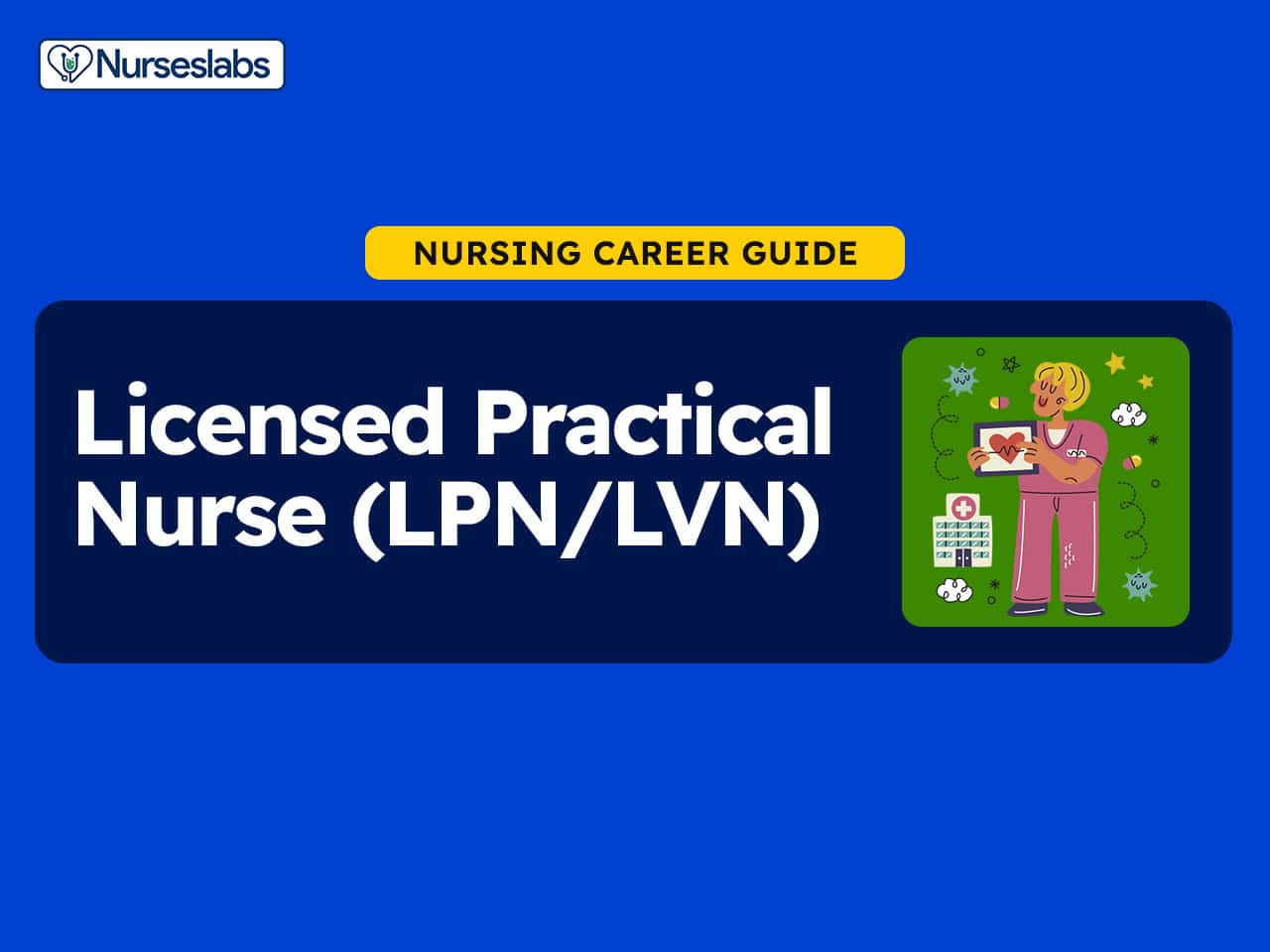


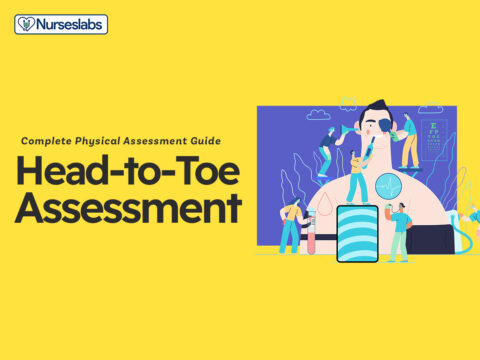

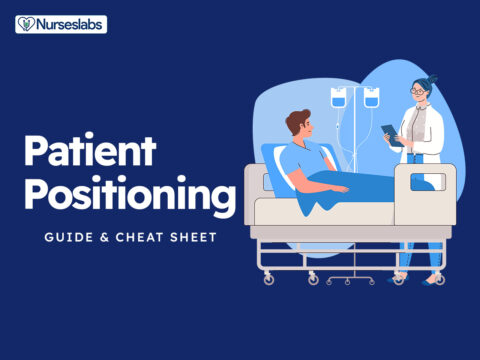
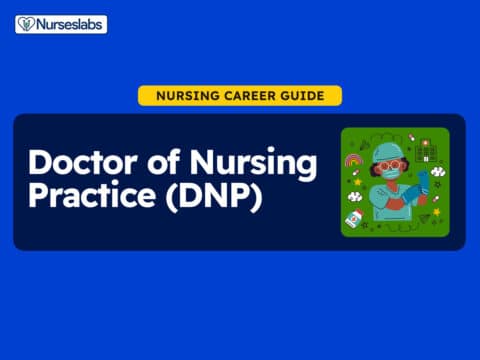
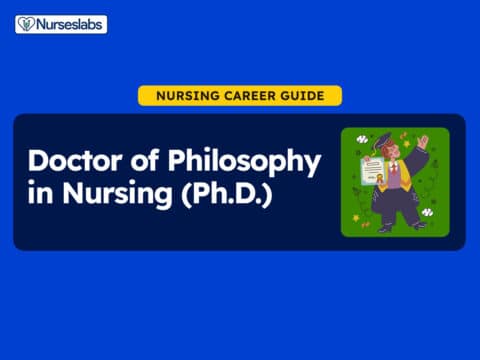

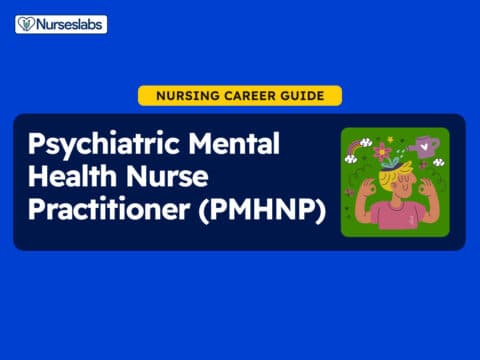
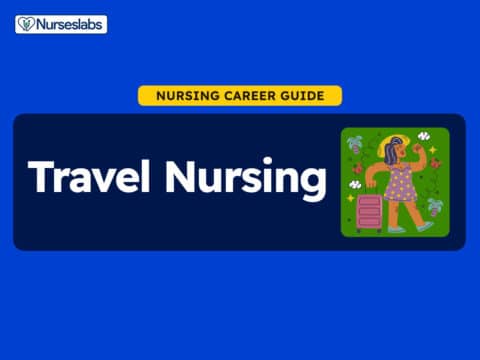
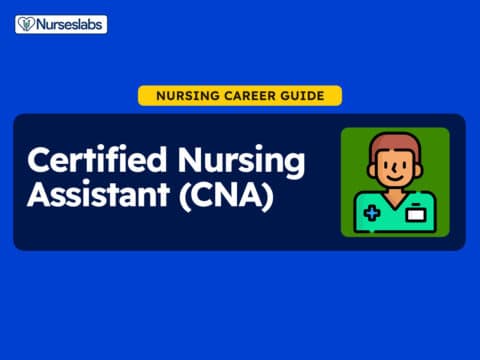


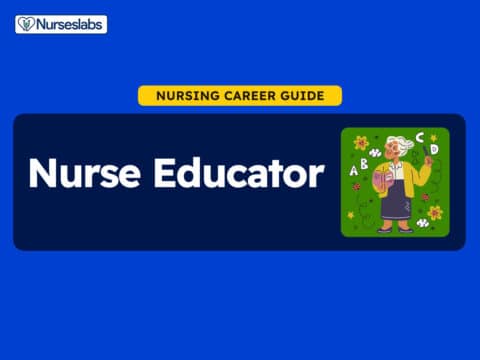

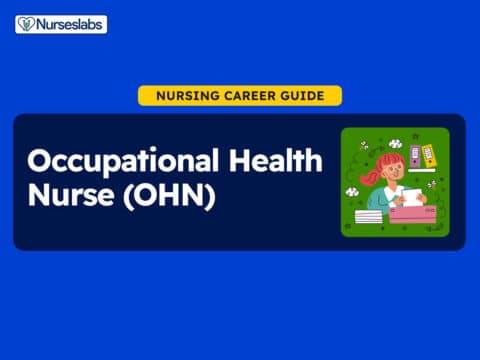
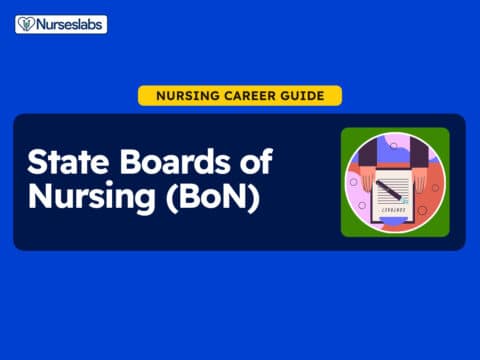
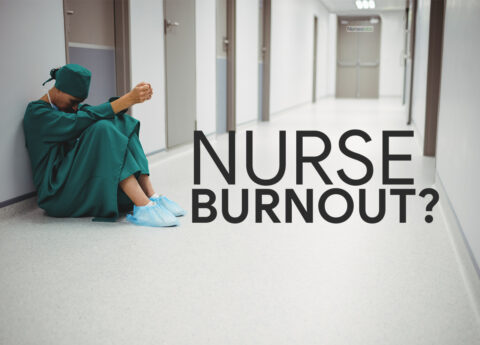


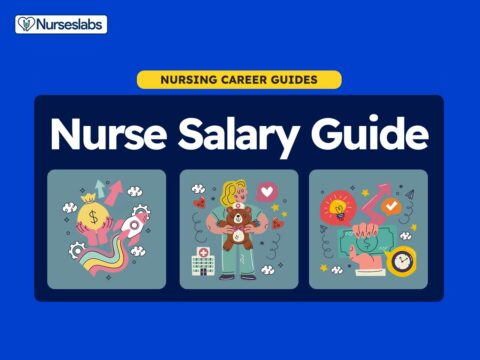


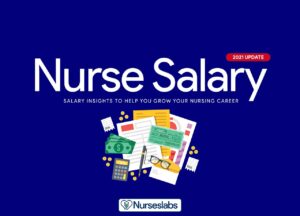

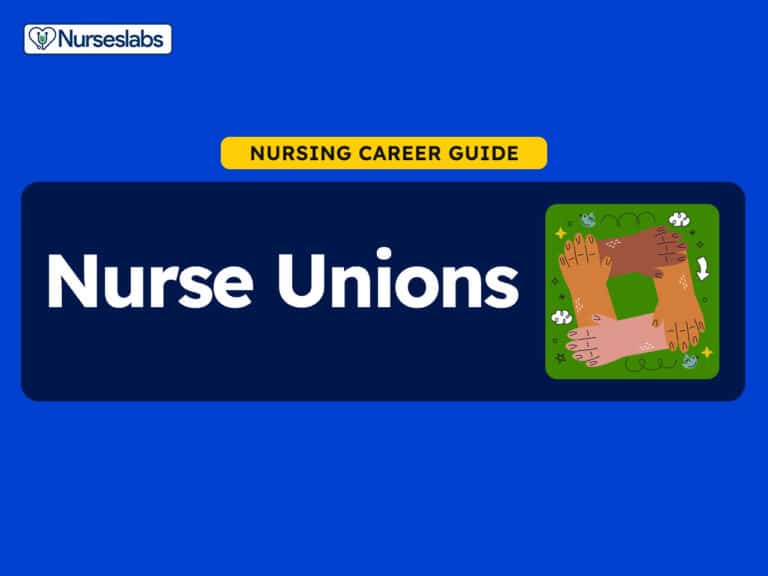
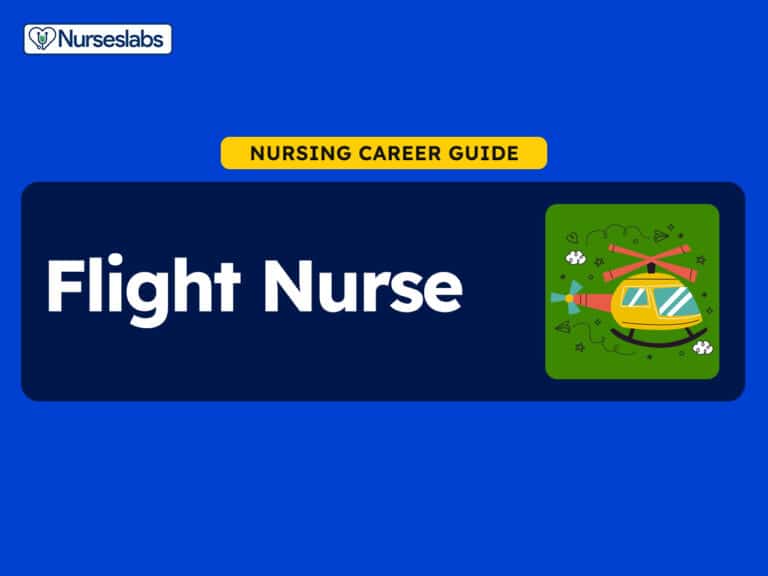


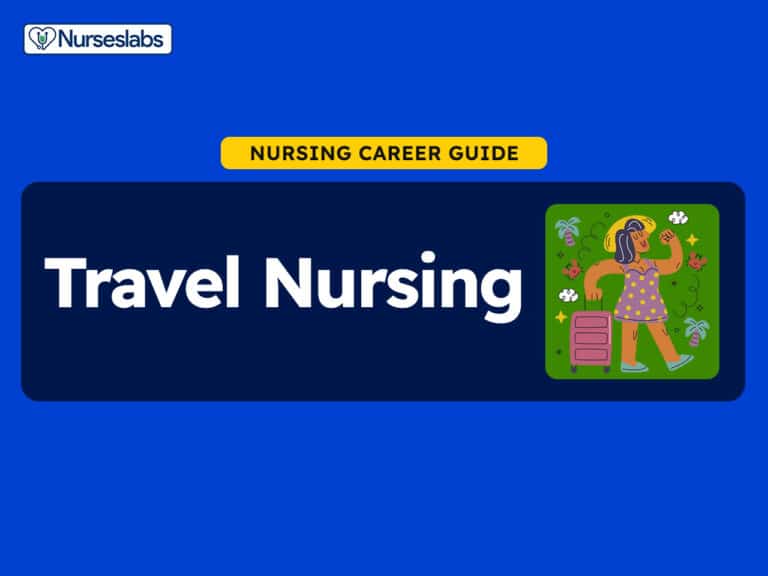
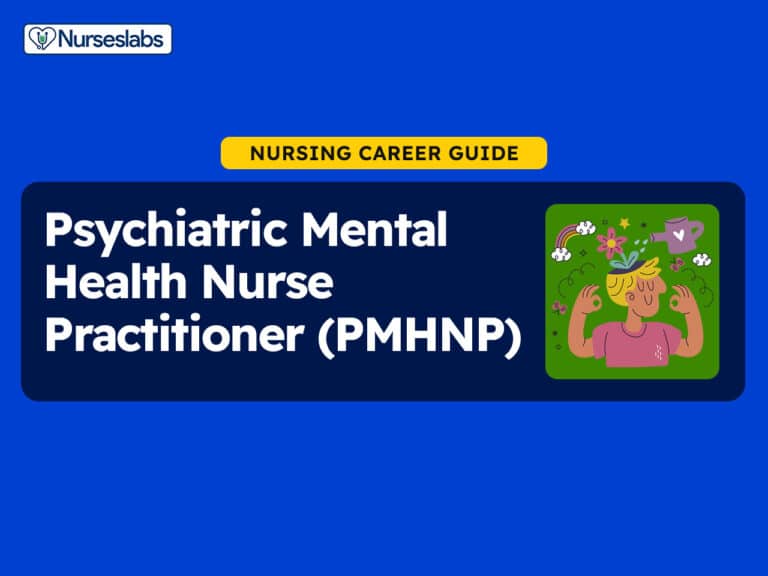
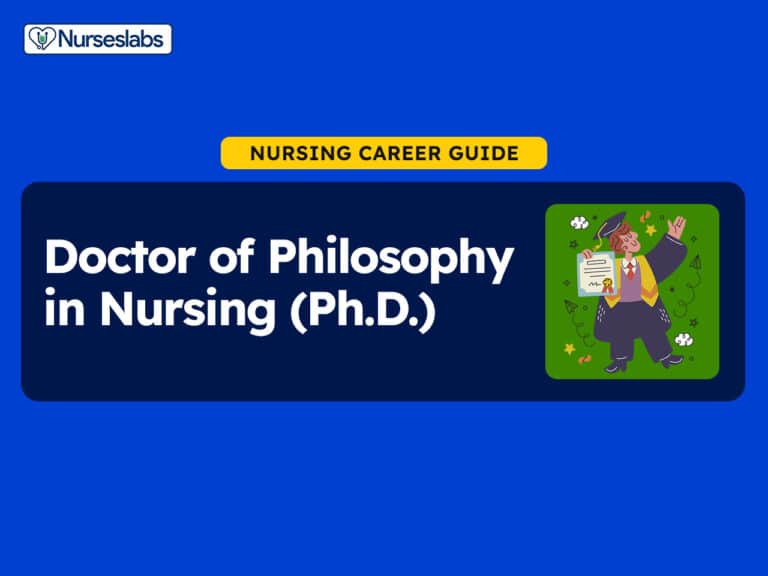
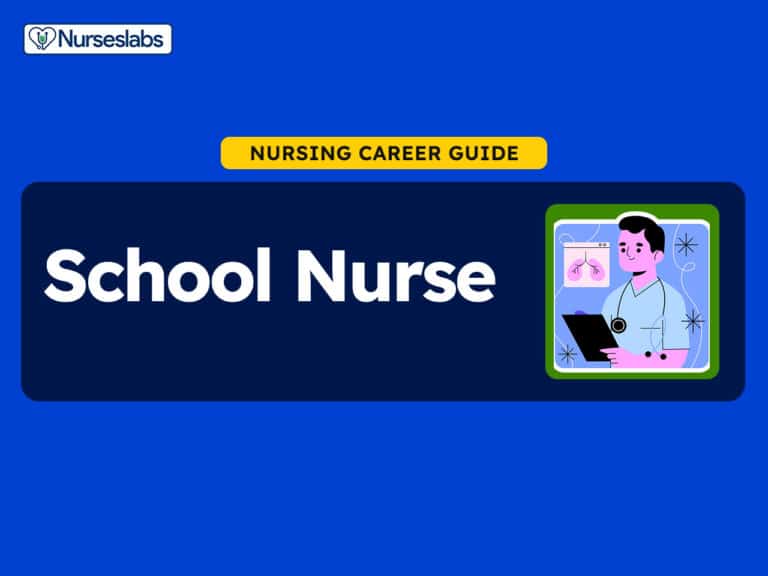

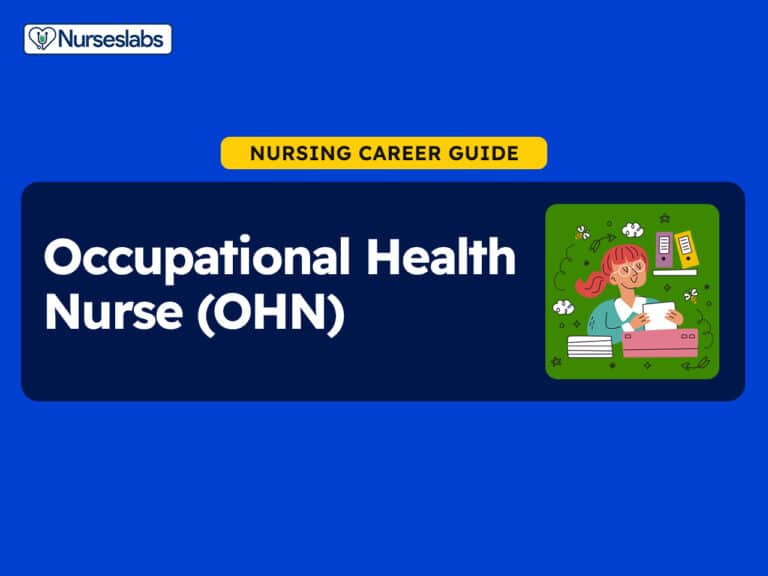
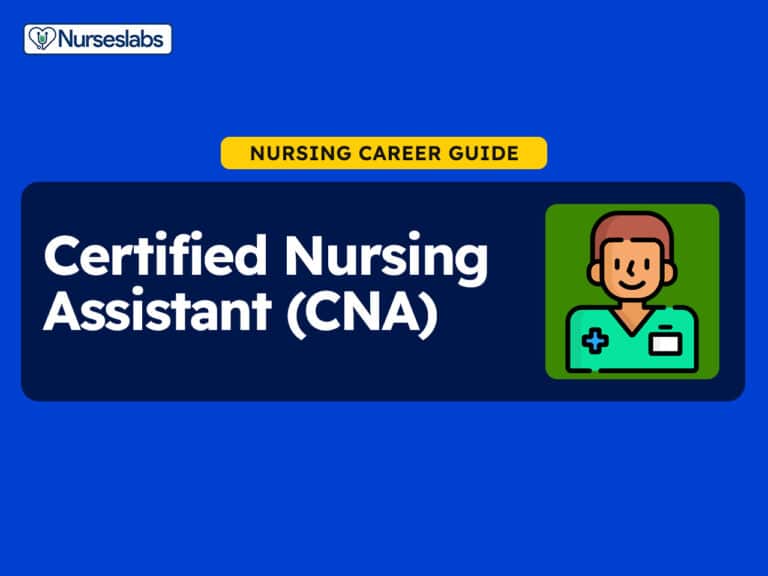
Leave a Comment